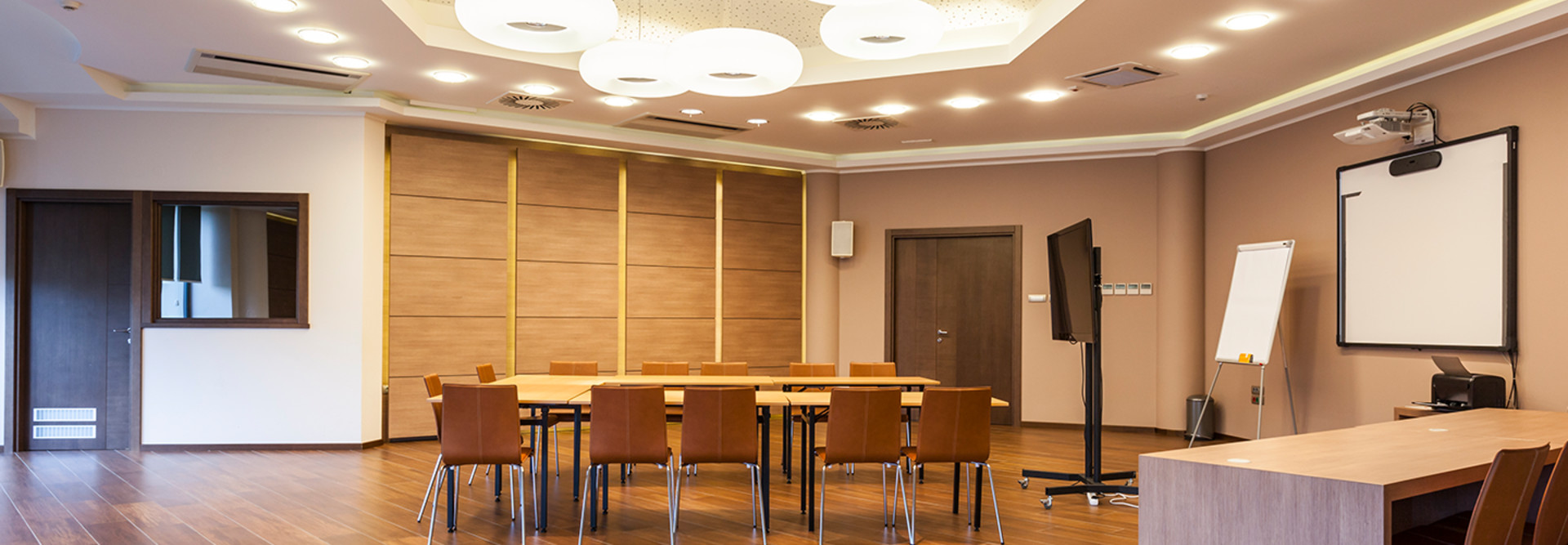In Higher Education, Active-Learning Classrooms Must Be Versatile
Colleges are investing significant time and money to create active-learning classrooms that support a new generation of pedagogical practices.
Although institutions may be taking a cue from K–12 districts — where modern learning environments are thriving — most colleges will need to tweak the model to account for differences in higher education. For example, professors tend to share classrooms, so a single space may be used students in courses ranging from art history to biochemistry.
That means staff must design spaces and implement solutions that are versatile enough to serve various academic disciplines. While active-learning classroom needs will vary, there are certain tools that span these differences.
MORE FROM EDTECH: See how interactive technology can change the higher education classroom.
Collaboration Tools Fit Both Lecture Halls and Smaller Classrooms
A key component of any active-learning classroom is encouraging students to work with each other. When students engage with peers, experts find, they learn more effectively than when they simply take notes or listen to a lecture.
“Collaborative learning and growing is synonymous with common, collective, interactive, and shared spaces,” Scott Romaniuk, senior research affiliate for eLearning Industry, wrote in a blog post. “The collaborative learning space can facilitate active learning even more effectively with the use of the right technology.”
At the University of Miami School of Information Technology, students in both small and large classes use Microsoft Teams to share ideas seamlessly online. Teams consolidates classroom conversations, files and applications into one place.
Applications such as SharePoint and OneNote can be an asset in large lecture halls where students may not be able to break into smaller groups so easily. By sharing documents in the cloud, students can work together on assignments without ever leaving their desks.
Collaboration tools can also extend engagement beyond the walls of the classroom. When the University at Buffalo developed an active-learning classroom for the Jacobs School of Medicine and Biomedical Sciences, IT teams installed Cisco WebEx videoconferencing solutions so remote students or guest speakers could participate in lectures from any location.
When incorporating these tools, remember to be as agnostic to operating systems as possible. Any solution needs to support multiple OS devices.
MORE FROM EDTECH: Check out the four steps for building a modern learning classroom.
Smart Podiums Make Lecture Halls More Dynamic
Flexibility is a central feature of active-learning spaces in higher education, but it’s challenging to implement in large lecture halls, which may serve upward of 100 students in introductory courses.
Yet professors can elevate engagement with wirelessly connected smart podiums: tablets equipped with a digital pen attachment that lets professors interact with their lecture slides in real time.
At Thomas Jefferson University, professors use connected podiums from SMART Technologies to annotate slides projected behind them, making it easier to highlight important information. When a student asks a question, professors can project the answer to the rest of the class by writing notes on the screen.
Professors can also use cloud-connected smart podiums to send out marked-up slides after a lecture so students can refer to them later.
Incorporating these tools is a great place for universities to start their journey toward active learning. While other technologies fit more specific needs, these basic tools can serve as a baseline for active learning in the classroom across academic programs.
This article is part of EdTech: Focus on Higher Education’s UniversITy blog series.










